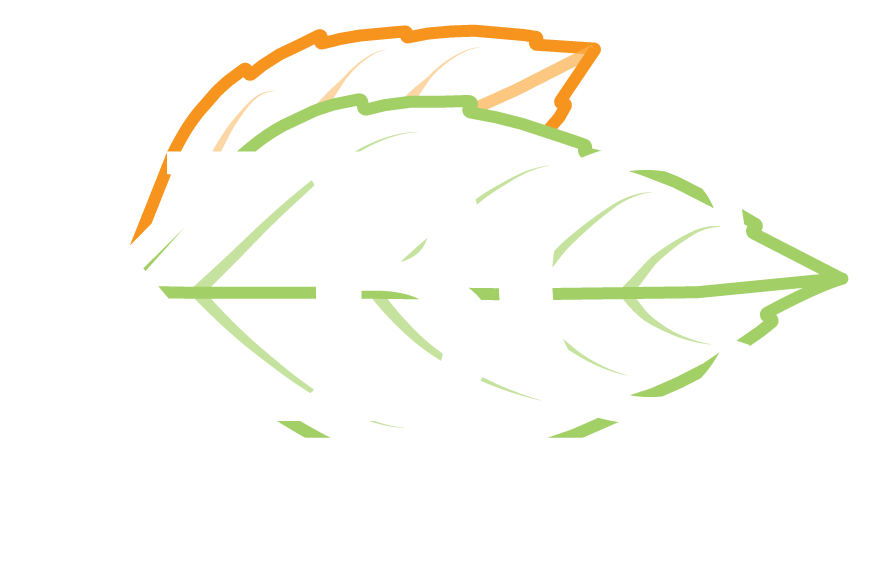Disease Resistance
Below you will find the KBC Specialty Seeds’ downy mildew resistant varieties (left), second true leaf, and a standard cultivar 12 days post-inoculation with New Jersey downy mildew isolate.
-
The International Seed Federation
Definition of the Terms Describing the Reaction of Plants to Pests for the Vegetable Seed Industry (ISF)
Susceptibility is the inability of a plant variety to restrict the growth and/or development of a specified pest.
Resistance is the ability of a plant variety to restrict the growth and/or development of a specified pest and/or the damage it causes when compared to susceptible plant varieties under similar environmental conditions and pest pressure. Resistant varieties may exhibit some disease symptoms or damage under heavy pest pressure. Two levels of resistance are defined.
High resistance (HR): plant varieties that highly restrict the growth and/or development of the specified pest and/or the damage it causes under normal pest pressure when compared to susceptible varieties. These plant varieties may, however, exhibit some symptoms or damage under heavy pest pressure.
Intermediate resistance (IR): plant varieties that restrict the growth and/or development of the specified pest and/or the damage it causes but may exhibit a greater range of symptoms or damage compared to high resistant varieties. Intermediate resistant plant varieties will still show less severe symptoms or damage than susceptible plant varieties when grown under similar environmental conditions and/or pest pressure.
Immunity is when a plant is not subject to attack or infection by a specified pest

